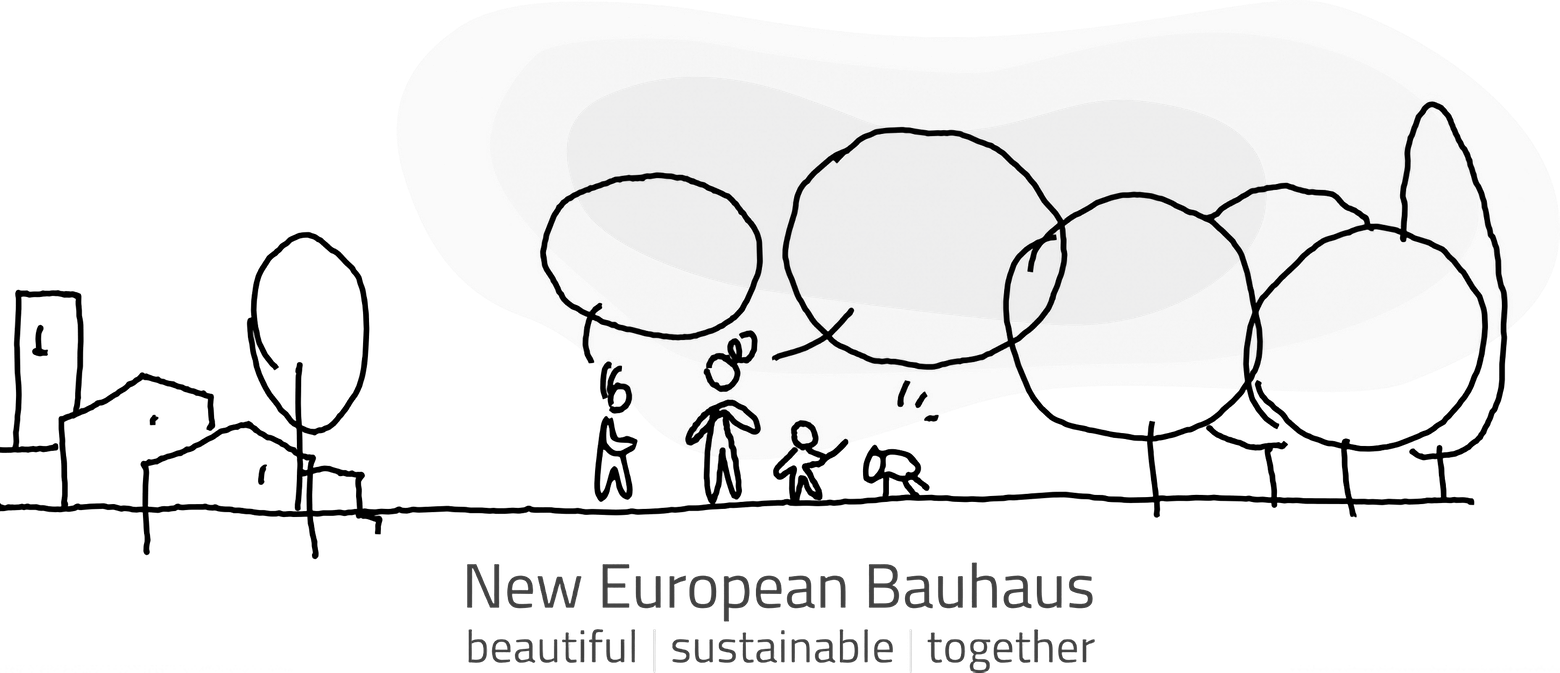From Bauhaus to the New House – Post-Covid Landscapes
Downloads
DOI:
https://doi.org/10.52200/dj.65.6Abstract
When, on 15th October 2020, the President of the European Commission, Ursula von der Leyen, in her State of the Union speech and an article published in several newspapers, launched the idea of a New European Bauhaus, it surprised politicians, cultural agents and citizens in general. After all, we are not used to having a leader at the highest level, putting forward a cultural, artistic, and architectural issue as a central policy motivation.
Moreover, it drew on a century-old institution, the Bauhaus, undoubtedly one of the pillars of modern culture, where artists, architects, and designers in Weimar, Dessau, and already in decline, in Berlin, created a fundamental experience that was formative for modernity in the 20th century. In its time, the Bauhaus was in a continuous state of permanent and heated controversy. Now, a century on, it is also subject to the scrutiny of what is known as “politically correctness,” and to petitions and calls for “cancellation.”






